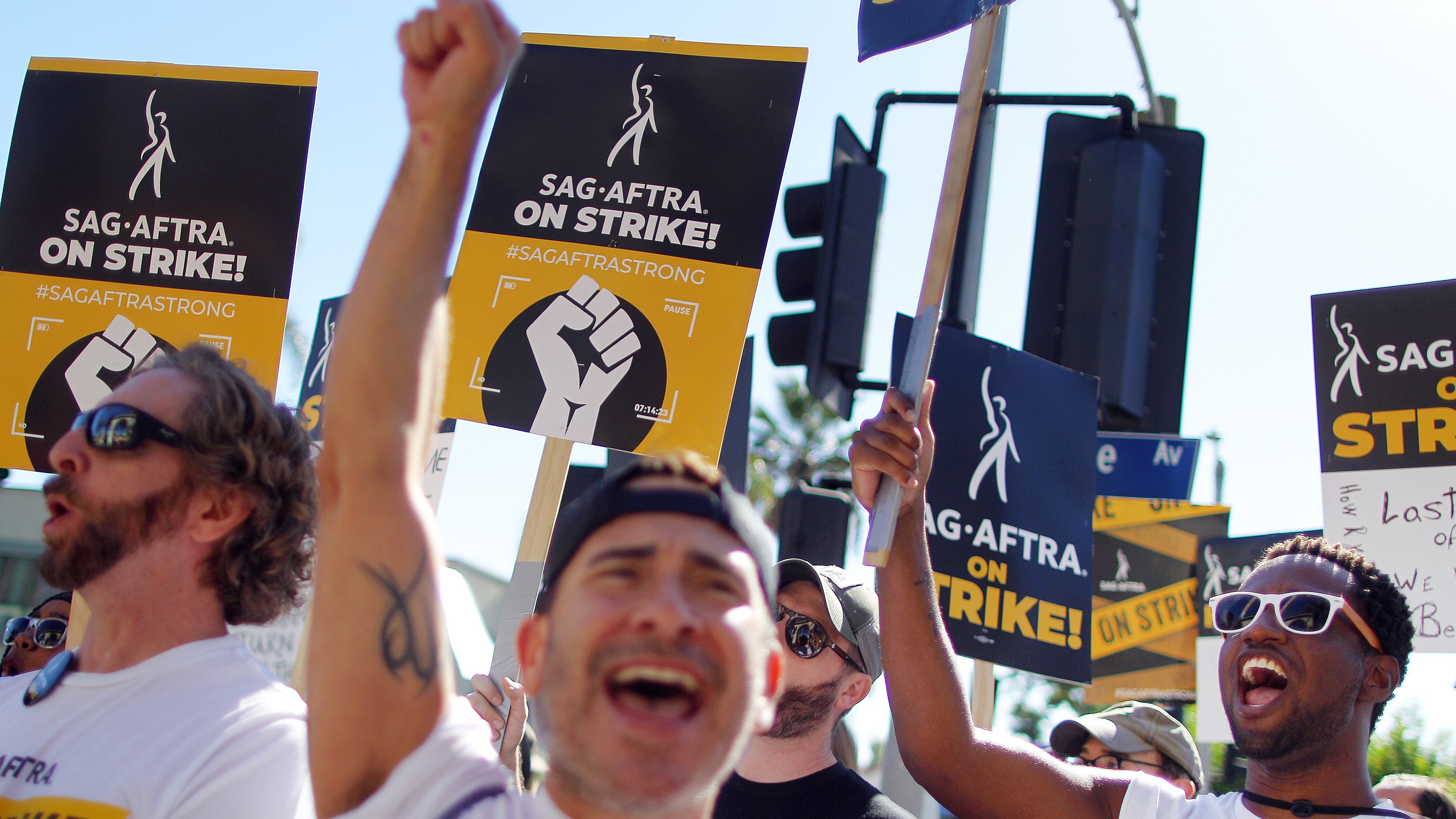Strike-Ending Contracts To Cost Studios Nearly $600 Million: Moody’s
Less spending seen on A-list actors, special effects and on-location production

Moody’s Investors Service estimates that the new contract with writers and actors that ended their long strikes will cost the studios close to $600 million annually — on the high end of its earlier estimate of $450 million to $600 million.
Absorbing those new costs doesn’t worry Moody’s when it comes to media-company credit ratings, because they are a relative drop in the bucket to the TV and film entertainment business, which generates more than $100 million yearly.
“We believe studios are unlikely to change their overall production budgets to accommodate these higher costs or reduce volume, and will instead look to save where it will not materially hurt the amount of material produced or quality of storytelling,” Moody’s said in a new analysis. “This includes using fewer A-list actors; greenlighting less on-location filming; and trimming postproduction and special effects spending.”
Moody’s added that studios may also look for tax breaks and financing subsidies to offset spending. They will also probably produce more projects outside the United States.
Almost all of the media companies that own studios are still in the painful transition from linear TV to direct-to-consumer streaming, Moody’s noted. Most will be looking to cut costs to turn direct-to-consumer red ink to black.
“This greater level of cost consciousness, beginning at the greenlighting stage, is already underway as companies try to reach streaming profitability quicker, having transitioned from a period of trying to get to scale at any cost,” Moody’s said.
For example, The Walt Disney Co. had planned to spend about $30 billion on content in fiscal 2023, slightly above what it spent in fiscal 2022. Just before a deal was reached with SAG-AFTRA this week, Disney said it had cut its content spending to about $27 billion this year and would reduce that further to $25 billion for fiscal 2024.
Broadcasting & Cable Newsletter
The smarter way to stay on top of broadcasting and cable industry. Sign up below
“These companies are all facing shareholder pressure to cut content costs and get streaming platforms to profitability more quickly,” Moody’s said. “The cost of creating content and launching new international markets remains high and many are in or just beyond their peak streaming loss year, in our view.”
Moody’s estimated that it will take up to six weeks to bring scripted TV and film production back up to speed, given all the logistics and rescheduling requirements, not only for actors, but directors, crews, service providers and vendors.
Jon has been business editor of Broadcasting+Cable since 2010. He focuses on revenue-generating activities, including advertising and distribution, as well as executive intrigue and merger and acquisition activity. Just about any story is fair game, if a dollar sign can make its way into the article. Before B+C, Jon covered the industry for TVWeek, Cable World, Electronic Media, Advertising Age and The New York Post. A native New Yorker, Jon is hiding in plain sight in the suburbs of Chicago.

